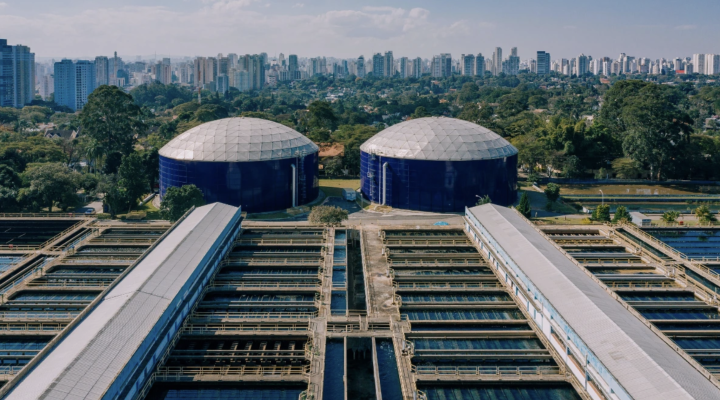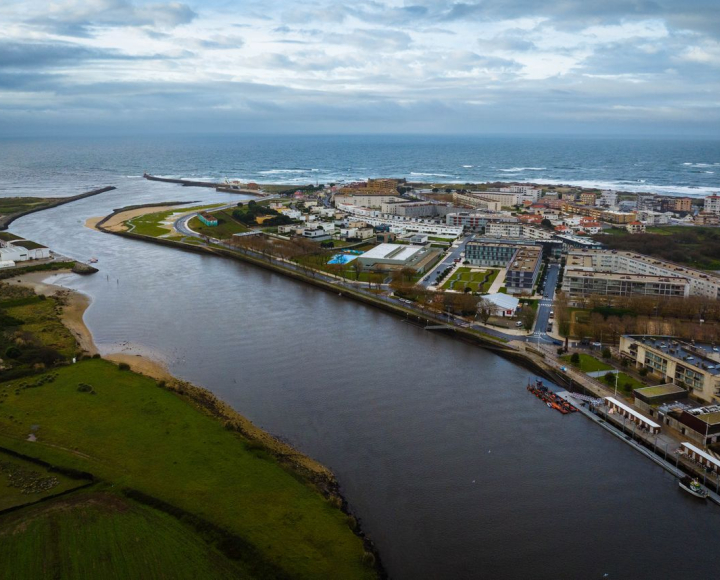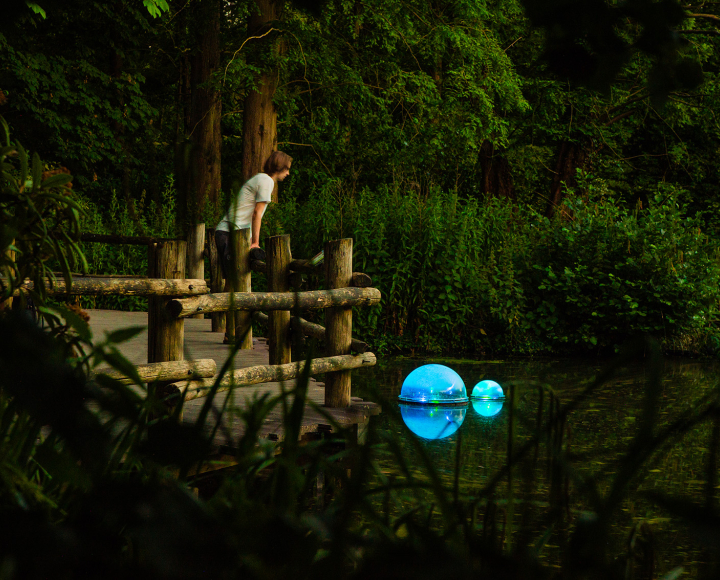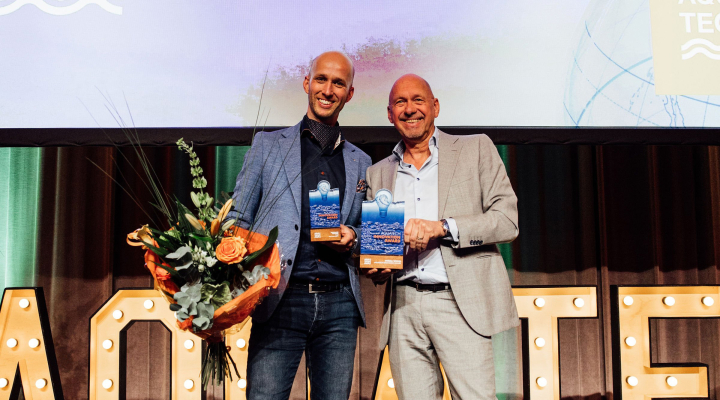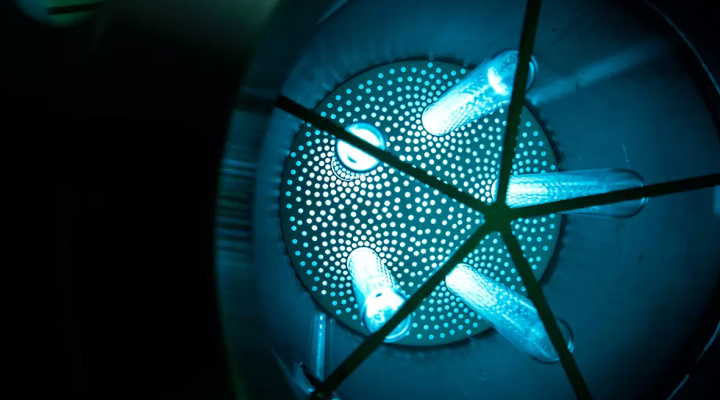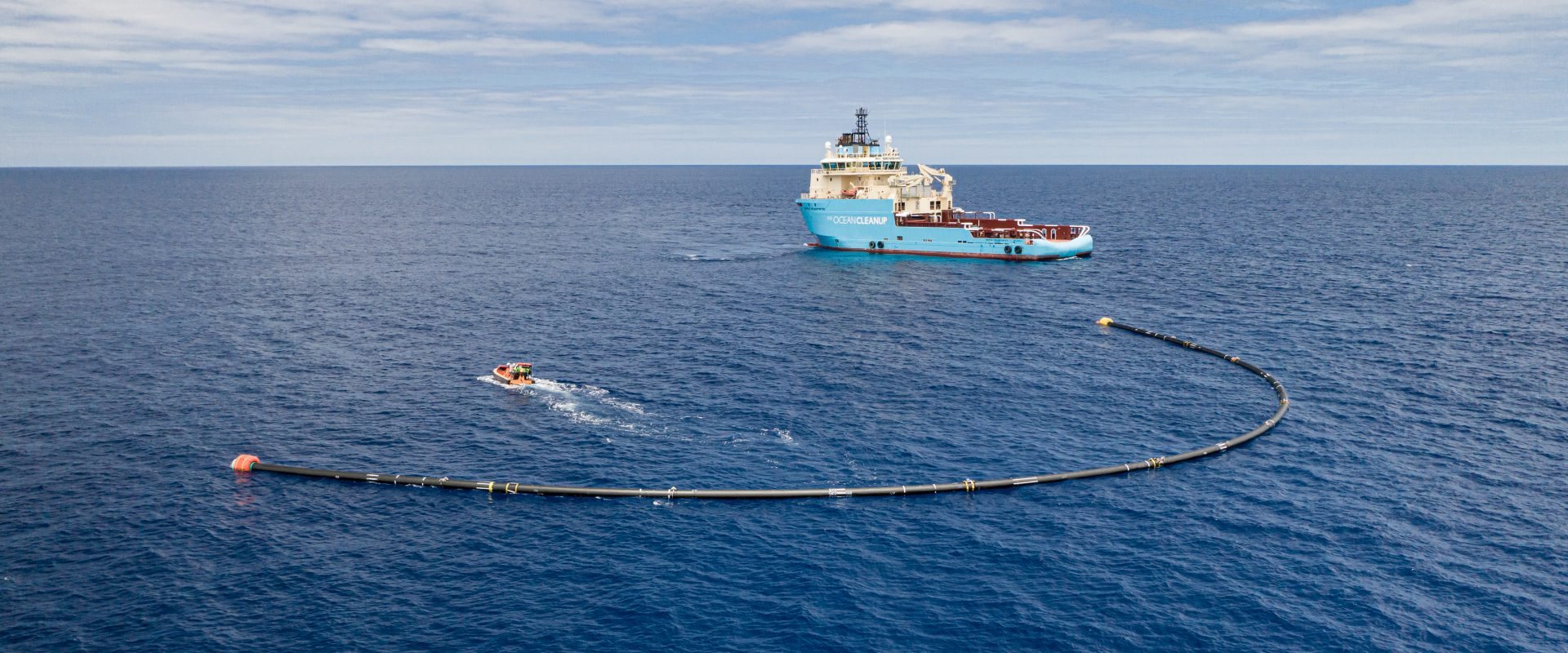
The Ocean Cleanup resumes operation with new gas-brake system on floating boom
The Ocean Cleanup has resumed its activities in the Great Pacific Garbage Patch, between California and Hawaii, to collect plastic litter with a revised version of its floating boom. The new boom has been equipped with a parachute to slow it down and with a wind driven buoy to speed it up.
The gas-brake addition proved necessary as during the first trials last year, the captured litter floated out of the U-shape boom. For testing purposes, this new prototype is only 160 meters long rather than the intended 600 meters.
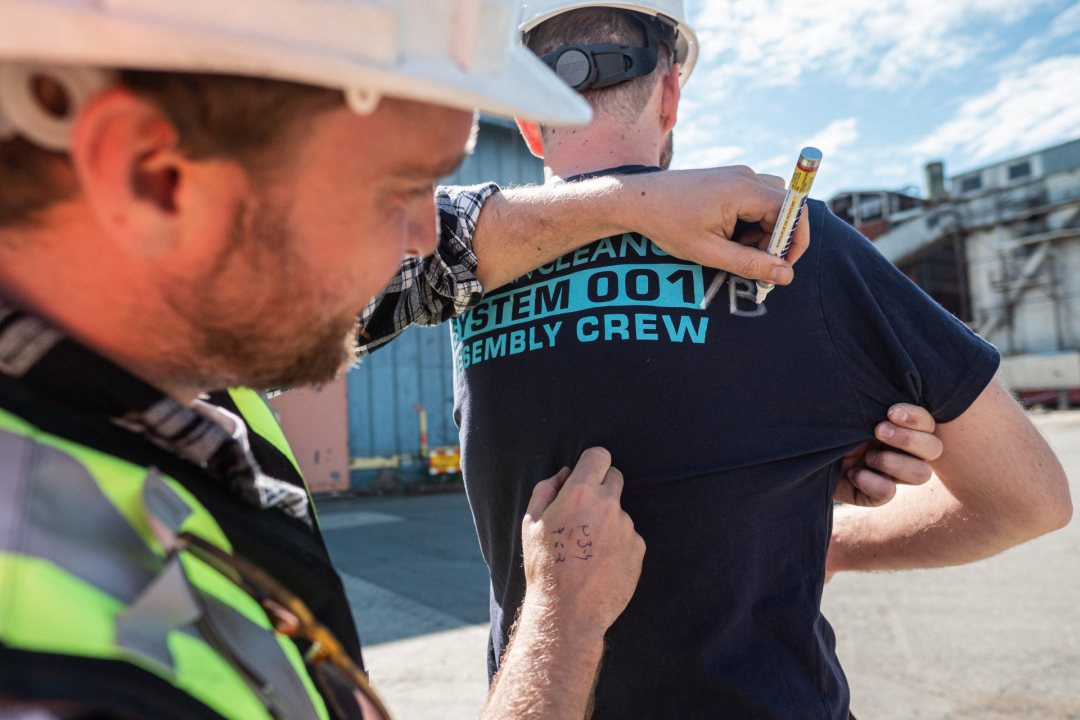

New configuration
During the new deployment the modifications to speed it up and slow it down are tested, with the end goal of creating a consistent speed through the accumulated plastic litter that allows the team to effectively capture and retain the catch. The team of The Ocean Cleanup is very excited about this new step as it managed to design, procure, assemble, and launch an entirely new system within only four months.
The new floating boom has been assembled in Vancouver, Canada and towed to the operation location. Upon arrival, the crew deployed the system into the Great Pacific Garbage Patch and arranged it in its operational configuration (U-shape). Following additional setup activities the next day, the team could start the new tests.
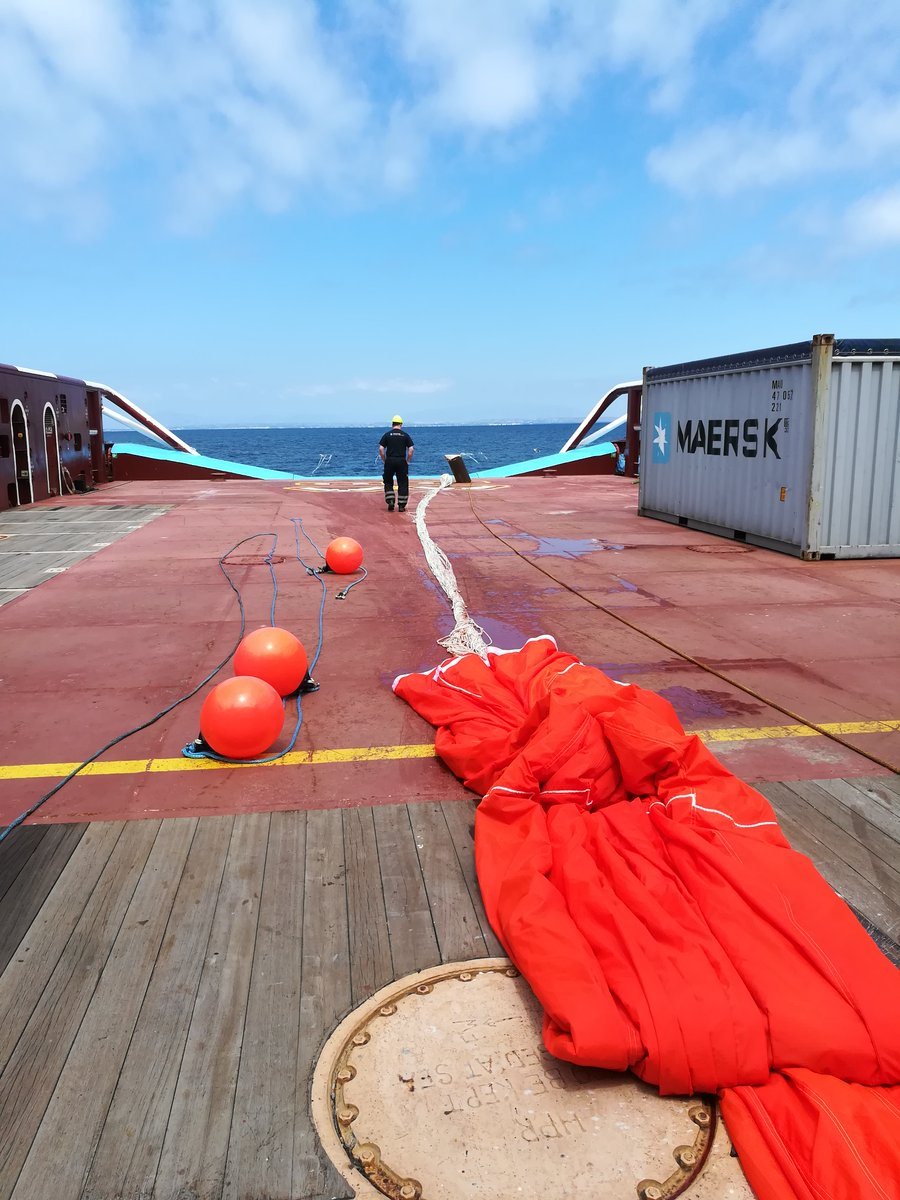

Speed up and slow down
The team will test multiple options that are aimed at solving the retention issue. The main task is to keep the speed consistent and ensure that the plastics always come from one side. The first tests will be conducted to attempt to slow down the boom, using a parachute sea anchor as the main testing component for this process. Should this option prove ineffective, the team will place the system in the other direction and speed it up using inflatable bags or fenders.
The team notes that the latest modifications will not necessarily be the final design. If either the slow down or the speed up option works, a more permanent solution will be pursued with this design feature.The tests will be conducted over the next two months.




